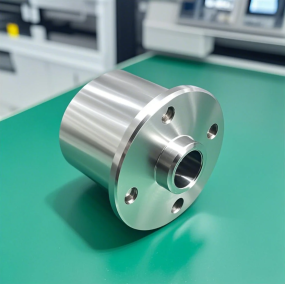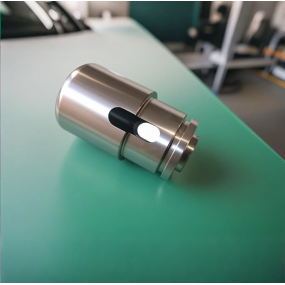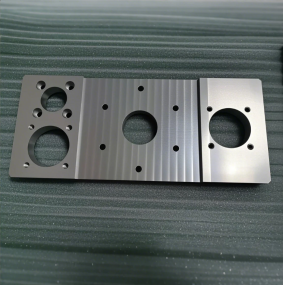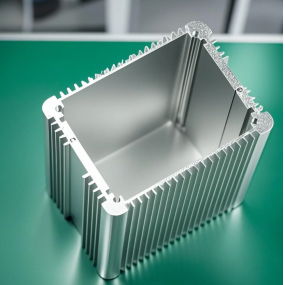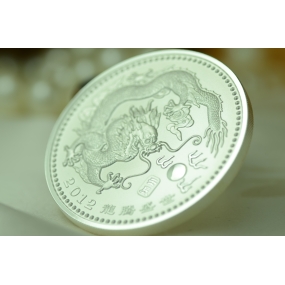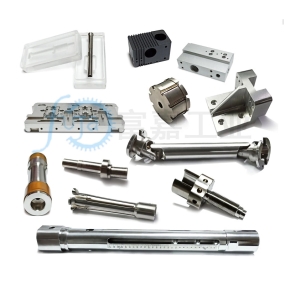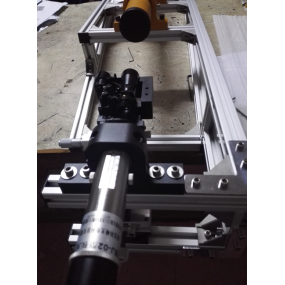Material Selection: Precision Hardware Design According to the use requirements and performance characteristics of the product, select the appropriate hardware materials, such as stainless steel, copper alloy, aluminum alloy, titanium alloy, etc. Consider the strength, hardness, toughness, corrosion resistance, electrical conductivity, thermal conductivity and other physical and chemical properties of the material, as well as the processing performance and cost of the material. 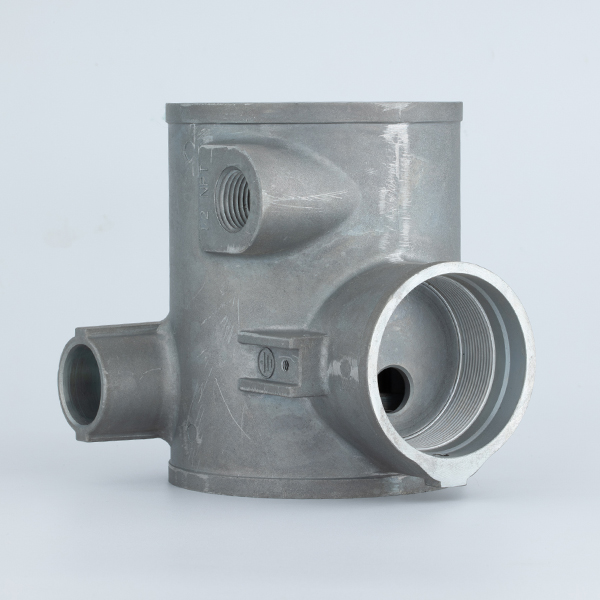 Accuracy Requirements: Clarify the accuracy indicators of the product, including dimensional accuracy, form and position tolerance, surface roughness, etc. When designing, the processing technology and equipment should be reasonably selected according to the accuracy requirements, and at the same time consider the impact of tolerance distribution and cumulative errors to ensure that the product can achieve the design accuracy. Structural Design: Design a reasonable product structure to ensure that it has sufficient strength and stability to withstand various loads during use. At the same time, it is necessary to consider the machinability and assembly of the structure, avoid complex structures and difficult parts to process, and reduce production costs and production difficulties. Surface treatment: Precision hardware design according to the appearance requirements of the product and the use environment, choose the appropriate surface treatment process, such as electroplating, spraying, oxidation, passivation, etc. Surface treatment can not only improve the corrosion resistance and wear resistance of the product, but also improve the appearance quality of the product and increase the added value of the product. Tolerance fit: Reasonably design the tolerance fit between parts to ensure the assembly accuracy and fit performance between parts. According to the use requirements of the product, choose the appropriate fit type, such as gap fit, transition fit, interference fit, etc., and strictly control the tolerance range to avoid the situation of too loose or too tight assembly.
Accuracy Requirements: Clarify the accuracy indicators of the product, including dimensional accuracy, form and position tolerance, surface roughness, etc. When designing, the processing technology and equipment should be reasonably selected according to the accuracy requirements, and at the same time consider the impact of tolerance distribution and cumulative errors to ensure that the product can achieve the design accuracy. Structural Design: Design a reasonable product structure to ensure that it has sufficient strength and stability to withstand various loads during use. At the same time, it is necessary to consider the machinability and assembly of the structure, avoid complex structures and difficult parts to process, and reduce production costs and production difficulties. Surface treatment: Precision hardware design according to the appearance requirements of the product and the use environment, choose the appropriate surface treatment process, such as electroplating, spraying, oxidation, passivation, etc. Surface treatment can not only improve the corrosion resistance and wear resistance of the product, but also improve the appearance quality of the product and increase the added value of the product. Tolerance fit: Reasonably design the tolerance fit between parts to ensure the assembly accuracy and fit performance between parts. According to the use requirements of the product, choose the appropriate fit type, such as gap fit, transition fit, interference fit, etc., and strictly control the tolerance range to avoid the situation of too loose or too tight assembly.
Hello! Welcome to EMAR's website!
 English
English » »
» »
 Spanish
Spanish Arabic
Arabic French
French Portuguese
Portuguese Belarusian
Belarusian Japanese
Japanese Russian
Russian Malay
Malay Icelandic
Icelandic Bulgarian
Bulgarian Azerbaijani
Azerbaijani Estonian
Estonian Irish
Irish Polish
Polish Persian
Persian Boolean
Boolean Danish
Danish German
German Filipino
Filipino Finnish
Finnish Korean
Korean Dutch
Dutch Galician
Galician Catalan
Catalan Czech
Czech Croatian
Croatian Latin
Latin Latvian
Latvian Romanian
Romanian Maltese
Maltese Macedonian
Macedonian Norwegian
Norwegian Swedish
Swedish Serbian
Serbian Slovak
Slovak Slovenian
Slovenian Swahili
Swahili Thai
Thai Turkish
Turkish Welsh
Welsh Urdu
Urdu Ukrainian
Ukrainian Greek
Greek Hungarian
Hungarian Italian
Italian Yiddish
Yiddish Indonesian
Indonesian Vietnamese
Vietnamese Haitian Creole
Haitian Creole Spanish Basque
Spanish Basque


